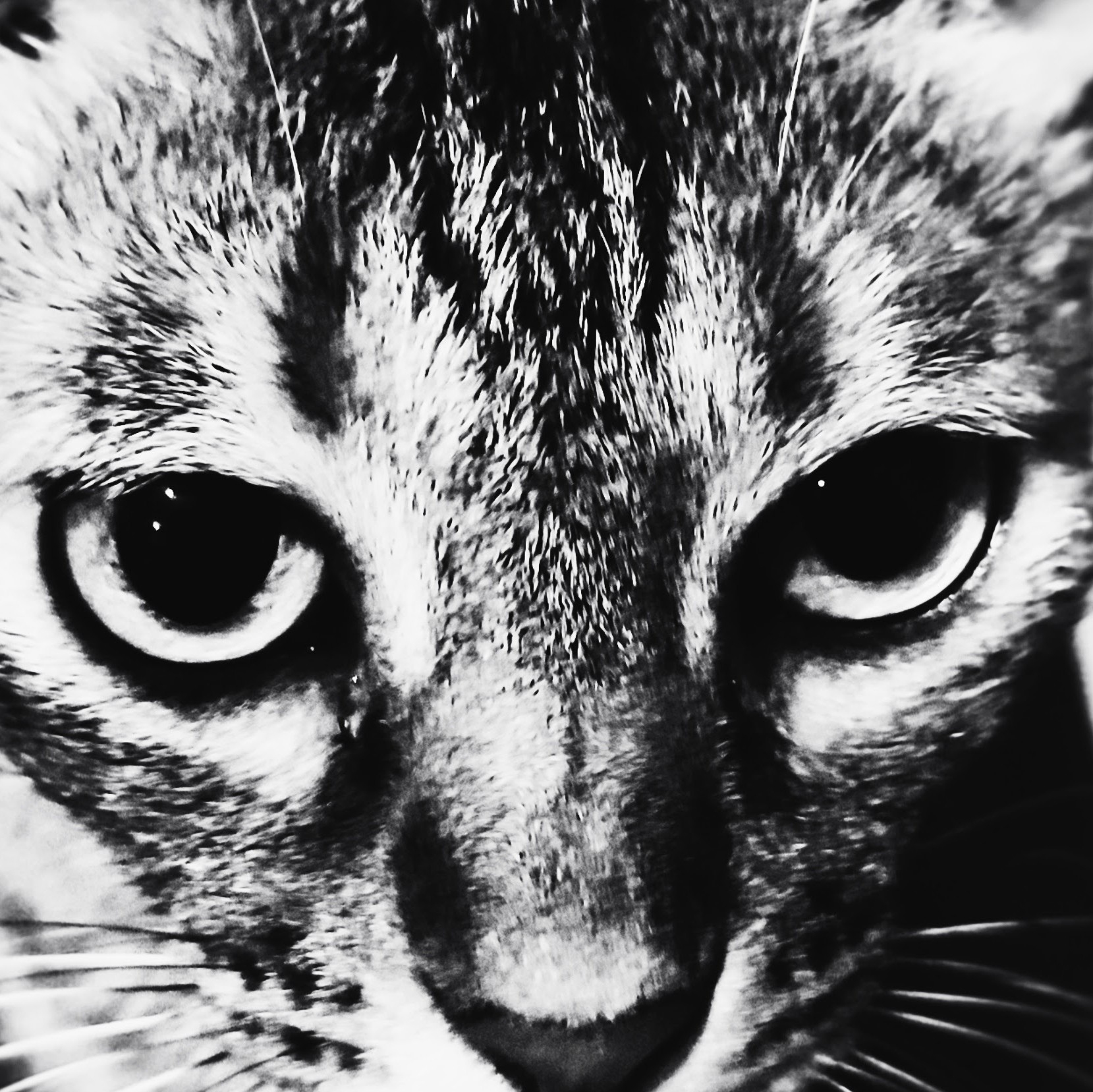I use Goo Gone for sticker adhesive removal. Works fine on various surfaces in my experience.
I’ve never used it myself, but i can say I’ve heard it praised many times.
The only time it’s disappointed me was when I was trying to use it – among a variety of other substances – to deal with something other than sticker goo.
A few years back, a bunch of electronic devices were sold in the US that used some sort of rubberized coating that gave them a nice grippy feeling. Unfortunately, it turns out that after a couple of years, the coating degraded and turned into an incredibly sticky mess. I had a Grundig G6 Aviator shortwave radio that was affected, as well as a few other devices. It felt a bit like sticker adhesive, but trying to clean the stuff off with Goo Gone didn’t work well (ultimately, isopropyl alcohol and a lot of elbow grease wound up being my most-successful combination).
But for what it is actually billed for, adhesive residue, I’ve had good experiences.
Note that Goo Gone, or at least the variant I have, has a quite-strong citrus smell, which I assume is there to mask some less-pleasant smell that the active ingredients have. So when I use the stuff, everything nearby smells like oranges for a while. Haven’t had a situation where that’s a problem yet, but thought I’d mention it in case it would be an issue for anyone else using it.
I fucking hate that coating. It’s the bane of electronics casings.
I hope it’s never used again, but I still keep seeing it, especially on third party game controllers.
If it’s a rubberized coating on new devices, it may be a similar formula that doesn’t have the degradation problem. I haven’t personally had any devices do that in several years (not saying that there aren’t products that do, mind).
And I remember that when the coating was new, before it broke down into a horrible sticky mess in a few years after purchase, it did feel pretty good to me. And it seemed pretty durable – like, it didn’t wear through or anything.
Just that when the Stickyocalypse did happen, it was awful.
I remember reading on Reddit once that people who bought a variety of dress shoes with a particular type of substance used in their soft soles had something similar happen. For a few years, many types of shoes from different manufacturers would break down and degrade in the closet. You take them out after a couple years, and they just crumbled apart. Wasn’t a sticky mess, but I bet that people who rarely wore those shoes were pretty irked.
googles
Here’s an example of one manufacturer that sold affected shoes. Apparently the problem was polyurethane being affected by hydrolysis.
Anyway, point is, the industry moved away from that particular fiasco after a couple of years when the problem came to light, switched to similar substances without the problem. I wouldn’t be surprised if the electronics industry has done the same.
There are solvents/cleaners made from citrus peel, so the smell might come from the active ingredients, I don’t know goo gone though.
deleted by creator
Just use alcohol or white spirit. That stuff is an expensive gimmick.
Olive oil does the trick.
Or any kind of oil. Even WD-40, if you have it. Put oil on the adhesive residue, then scrub it off with a cloth. You can then remove the oily residue with soap.
This is the way. Olive oil or any oil will prevent the glue from re-adhering to the bottle after you’ve scraped it off.
Depending on the adhesive, rubbing alcohol or a vegetable oil.
Lots of good suggestions in this thread already, but long ago I used to work at a company that sold second-hand stuff where we often had to deal with stubborn labels and I haven’t seen our “nuclear option” mentioned yet. Brake cleaner, which is basically an organic solvent in a spray can, should be great on glass. Be careful with it, though, it melts some kinds of plastics. And ensure it’s used in a well-ventilated area.
Try that if the usual GooGone type stuff doesn’t work.
We also used WD40, it tended to be gentler on plastics. Though it left a greasy residue that we’d need to clean off afterward and it was pretty slow.
Brake cleaner will not only take the paint off your wall, it will start to eat it.
As others have said, isopropyl alcohol works great to remove adhesive residue. Just don’t use it with certain plastics.
deleted by creator
Aceton usually does the trick.
I suggest, if it’s not too gooey, grab some packing tape, and press it on the adhesive. Then, pull it off quickly. You might have to do this a few times, but it’s the best method I’ve found that doesn’t leave residue, and also works with most sticky adhesives.
I have had great luck removing labels by filling bottles / jars with boiling water and letting them sit a few minutes. I mostly do this to save wine labels I like or want to remember. When doing this it is also very easy to wipe off any residue.
Isopropyl alcohol works. I used IPA for cleaning car windows from sticker residue.
I normally just put it in the dishwasher alongside everything else and the heat and the steam do the job.
Depending on the dishwasher, that may not be a good idea as the label can clog the dishwasher filter though.
razor blade or other sharp scraping tool works great. Alternatively, you can try something like GooGone, but I have had mixed results there.
Years ago at one job we used to use a combination of a razor scraper and Goof Off and it worked well. It was on pricing stickers on metal painted with enamel, and as long as you didn’t dig into it and just worked it loose it would come clean. Goof Off is a harsher chemical than Goo Gone (I think toluene or some mixture) so not the best for long term exposure, but that was then and we had some ventilation. I also think the product sold now like so many might be more diluted and not the original.
Olive oil on the other hand works surprisingly well if it can get to the adhesive.
There’s a citrus based cleaning spray that usually does the trick for me, or isopropyl alcohol could work as well
Heat and peel (slowly). You can pop some hot water in it or use a hairdryer.
Strong alchol on a cloth or papertowel to remove what remains.
If all else fails WD40 also works.
This is from removing labels from cars, where you have to be careful to prevent damage to the paint/clear coat.
With glass you can use a razor to scrape off whatever remains, but mostly it’s not necessary.
I like to use WD-40, I just lube it up and massage the adhesive until it dissolves into a goo that can be removed with dish soap. I find the goo-gone that I tried evaporates too quickly to soak into stiffer jar label adhesives.
Goo-B-Gone or Goo-Gone, plus steel wool like SOS pads or Scotch-Guard. Razors would work if it was a flat surface, but on a curved one like a bottle or glass, you want the flexibility of the steel wool.
+1 for steel wool

















